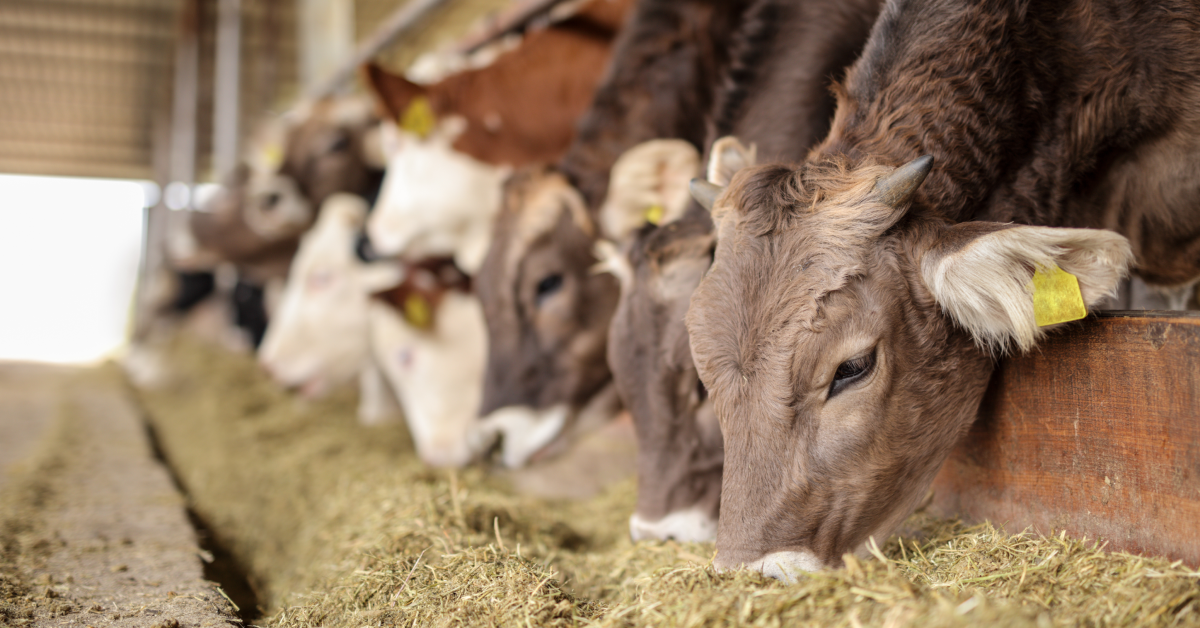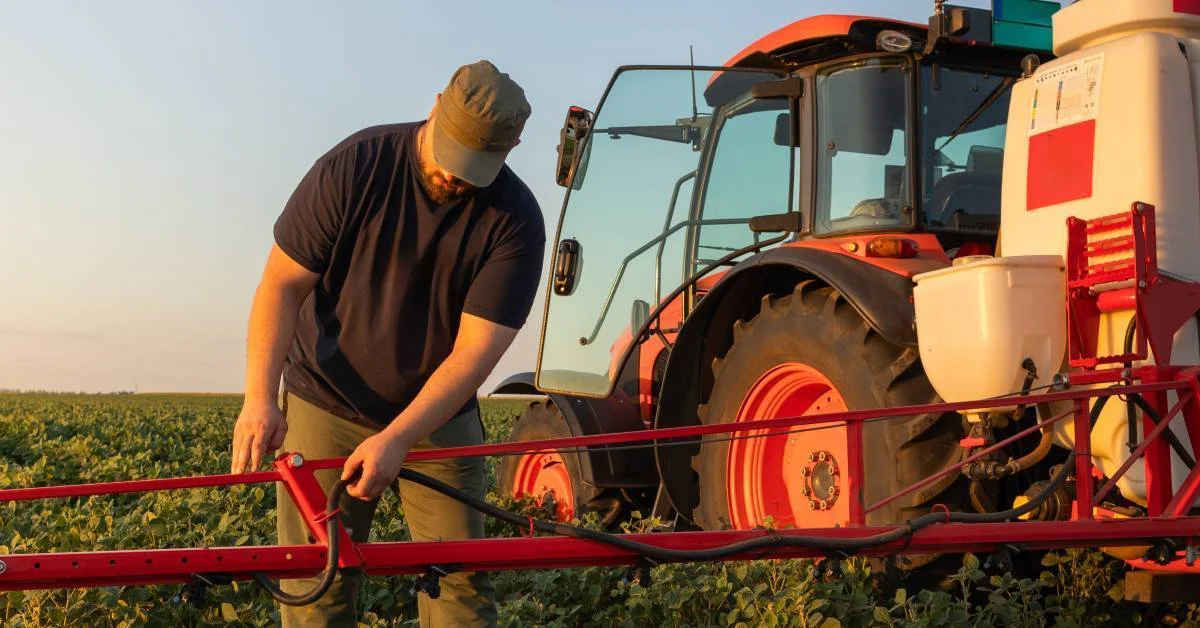Did you know that studies show a mere 0.1 improvement in Feed Conversion Ratio (FCR) can translate to a substantial 5-8% increase in profit for producers? In the competitive world of livestock production, even the smallest margins can make a significant difference.
FCR measures how efficiently your animals convert feed into desired outputs like meat, milk, or eggs. It’s a critical metric that directly impacts your bottom line. Traditionally, optimizing FCR has relied on experience and intuition.
But what if you could use advanced and cutting-edge technology to make data-driven decisions and unlock even greater efficiency? Folio3 Feedlot Management Software is a powerful tool designed to help you precisely achieve that. It is designed to help you streamline your operations, optimize cattle management, and maximize profitability.
This comprehensive guide will equip you with crucial feed management strategies to improve your FCR. So, let’s explore how Folio3 Agtech software empowers you to implement these strategies effectively, taking the guesswork out of feed management and putting you on the path to maximized profits.
Understanding Feed Conversion Ratio (FCR)
In the world of livestock production, efficiency reigns supreme. Feed represents a major cost factor, so maximizing the conversion of that feed into profitable outputs is essential. This is where the Feed Conversion Ratio (FCR) steps in.
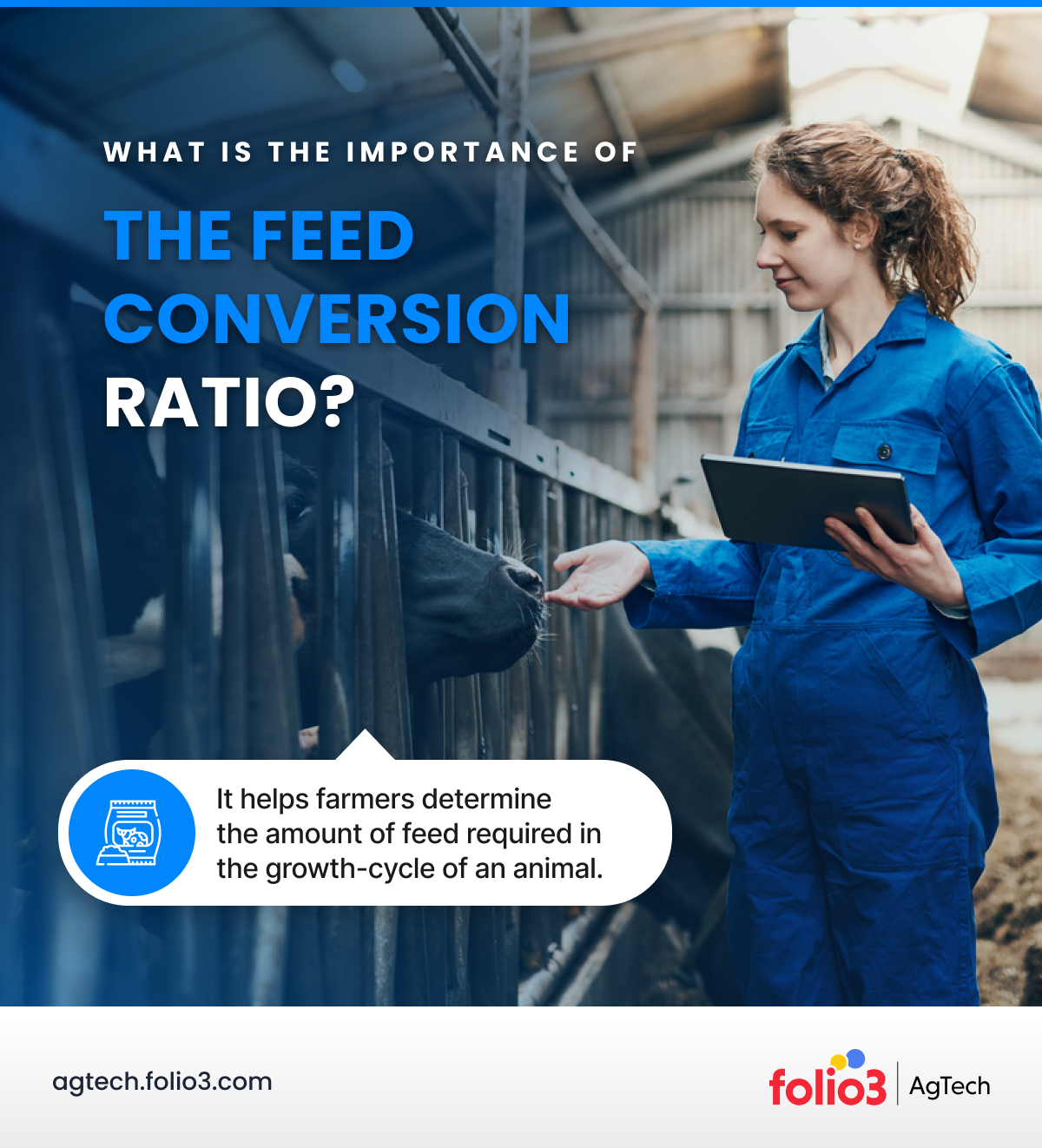
What is the Feed Conversion Ratio?
FCR is a simple yet powerful metric that measures how efficiently an animal converts feed into desired products like meat, milk, or eggs. It’s calculated by dividing the total amount of feed consumed by the animal’s weight gain or milk production.
A lower feed conversion ratio indicates better efficiency – it means your animals are using less feed to achieve the same level of growth or production. It directly impacts your profitability. Lower FCR translates to less feed needed per output unit, lowering production costs and, ultimately, higher profits.
Additionally, the feed conversion ratio plays a role in sustainability. Lower FCR translates to less feed production required, which can positively impact environmental factors like land use and resource consumption.
Factors Affecting FCR
Several factors influence your feed conversion ratio for your cattle. Here are some key ones:
- Genetics and Breed: Different breeds have varying inherent FCRs. Selecting breeds known for good feed conversion efficiency is an intelligent starting point.
- Feed Quality and Composition: The quality and nutritional content of the feed play a crucial role. A high-quality, balanced feed with the right mix of nutrients allows for better conversion and less waste.
- Animal Health and Management Practices: Proper nutrition, vaccinations, and parasite control ensure good animal health and optimal growth and feed utilization. Management practices like temperature control, housing conditions, and stress reduction can also improve FCR.
The Hidden Costs of Poor Feed Management
While the importance of feed conversion ratio for cattle is evident, achieving a consistently low FCR requires focusing on effective feed management. Neglecting proper feed management can have significant consequences, often manifesting as hidden costs that erode profitability and sustainability.
The Link Between FCR and Profitability
Remember, FCR is essentially a measure of feed efficiency. Lower FCR translates to less feed waste. With feed being a major expense in livestock production, minimizing waste through optimized FCR directly translates to higher profits. Imagine a dairy farmer who can reduce their FCR by just 0.1. As we mentioned earlier, this could represent a 5-8% increase in profit – a substantial boost to their bottom line.
Detrimental Effects of Poor FCR
The negative impacts of poor FCR extend far beyond wasted feed costs. Here’s a closer look:
- Wasted Resources: Poor feed management often leads to overfeeding – providing more feed than animals require. This not only wastes money spent on excess feed but also represents an inefficient use of resources.
- Reduced Animal Performance: When feed isn’t properly balanced or animals aren’t receiving the right amount, it can negatively impact their health and performance. This can manifest as slower growth rates in meat animals, lower milk yield in dairy cows, or decreased egg production in poultry. These all translate to lost income for producers.
- Environmental Impact: Livestock manure can be a valuable fertilizer, but poorly managed feed leads to excess manure production. This excess can overwhelm the land’s ability to absorb nutrients, leading to potential water pollution and greenhouse gas emissions.
Feed Management Strategies to Improve FCR
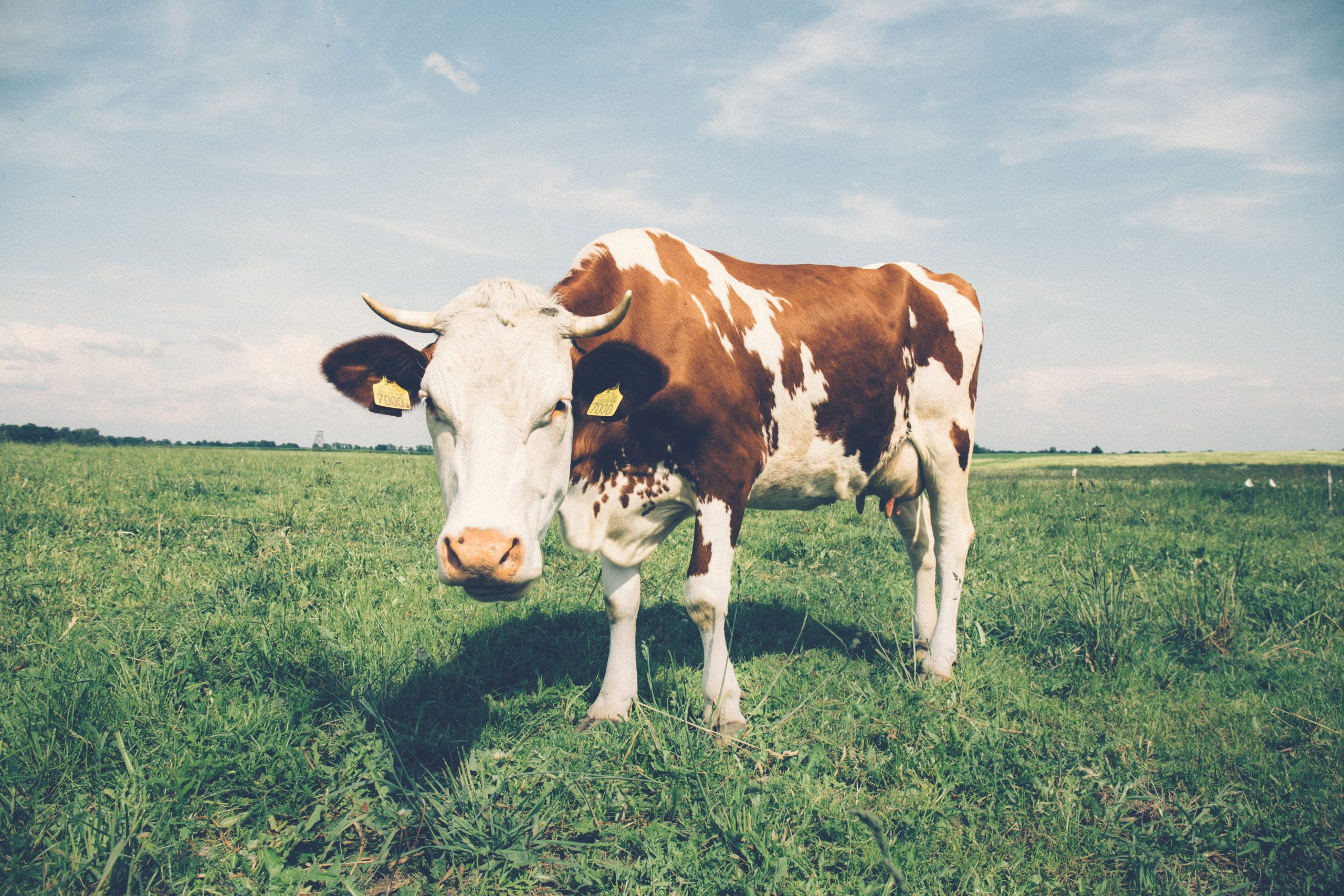
Optimizing Feed Composition
The foundation of efficient feed conversion lies in providing animals with a perfectly balanced diet. Think of it like building a house – you need the right mix of materials (nutrients) in the right proportions to ensure a strong structure (healthy animal).
- Importance of Balanced Nutrition: A balanced feed composition ensures animals receive all the necessary nutrients – protein, carbohydrates, fats, vitamins, and minerals – in the correct proportions for their specific needs. Imbalances can lead to deficiencies or inefficiencies, hindering growth and impacting FCR.
- Role of Specific Nutrients: Protein is crucial for muscle growth and repair, while carbohydrates provide readily available energy. Fats contribute to energy storage and insulation. Vitamins and minerals play vital roles in overall health and function. Understanding the specific requirements of each animal stage (growth, lactation, egg production) is essential for formulating appropriate feed blends.
- Customizing Feed Formulas: “One size fits all” doesn’t apply to animal nutrition. Producers can work with nutritionists to develop customized feed formulas that cater to the specific needs of their animals, considering factors like age, breed, and production goals.
Efficient Feeding Practices
Beyond the composition of the feed itself, how you provide it also plays a significant role in the cattle feed conversion ratio.
- Scheduled Feeding vs. Free Feeding: The debate between scheduled feedings and free-choice feeding continues. Scheduled feeding allows for more precise control over intake, potentially reducing waste. However, free-choice feeding can cater to natural grazing behavior and provide animals with a sense of control. The best approach often depends on the animal species and management style.
- Ensuring Feed Accessibility and Minimizing Wastage: Making sure all animals have easy access to fresh feed throughout the day is crucial. Spoiled or inaccessible feed not only goes to waste but can also attract pests and negatively impact animal health. Regularly monitoring feeders and adjusting placement or design can minimize wastage.
- Using Feeders and Waterers that Reduce Spoilage: Investing in well-designed feeders and waterers that minimize spillage and spoilage can significantly improve feed efficiency. Features like covered troughs, adjustable feed levels, and automatic watering systems can all contribute to reducing waste.
Monitoring and Adjusting Feed Intake
Effective feed management is an ongoing process that requires continuous monitoring and adjustments.
- Regularly Measuring and Recording Feed Intake: Regularly measuring and recording feed intake for individual animals or groups provides valuable data. This allows you to identify any inconsistencies or areas of potential overfeeding or underfeeding.
- Using Data to Make Informed Adjustments: By analyzing feed intake data, you can identify trends and adjust feed rations, feeding schedules, or feeder designs. This data-driven approach allows for proactive management and continuous improvement of FCR.
Role of Technology in Feed Management
Traditionally, feed management relied on experience and intuition. However, the rise of agricultural technology has introduced powerful tools to empower producers with data-driven decision-making. Feedlot management software offers a comprehensive suite of features designed to streamline feed management processes and optimize cattle feed conversion ratio.
How Software Solutions Can Streamline Feed Management?
These software solutions provide a centralized platform for managing all aspects of feed, from formulation and ordering to delivery, tracking, and analysis. This translates to:
- Improved Accuracy: Manual calculations and record-keeping are prone to errors. Software automates these tasks, ensuring greater accuracy and consistency.
- Enhanced Efficiency: Software streamlines workflows, saving time and effort previously spent on manual tasks. This allows producers to focus on strategic decision-making.
- Data-Driven Insights: Software collects and analyzes feed usage data, providing valuable insights into animal performance and feed efficiency. This empowers producers to make informed adjustments and optimize feed programs.
Benefits of Using Folio3 Agtech Feedlot Management Software
Folio3 Agtech Feedlot Management Software stands out as a leader in the field. Here’s why:
- Key Features: Folio3 Agtech offers a comprehensive suite of features, including:
- Ration formulation tools for creating customized feed blends based on animal needs.
- Real-time monitoring of feed intake and animal performance data.
- Automated feed scheduling and inventory management to ensure optimal feed availability.
- Data analytics dashboards for visualizing trends and identifying areas for improvement.
- Real-time Monitoring and Data Analytics: Folio3 Agtech goes beyond basic data collection. It provides real-time monitoring capabilities, allowing producers to track feed usage, animal performance, and potential issues as they unfold. This enables proactive management and swift adjustments.
- Automated Feed Scheduling and Inventory Management: Folio3 Agtech automates repetitive tasks like feed scheduling and inventory management, freeing up valuable time and minimizing the risk of human error.
- Integration with Other Farm Management Systems: Folio3 Agtech integrates seamlessly with other farm management systems, creating a centralized hub for all your farm data. This facilitates a holistic approach to improving farm efficiency and profitability.
Best Practices for Implementing Feed Management Strategies
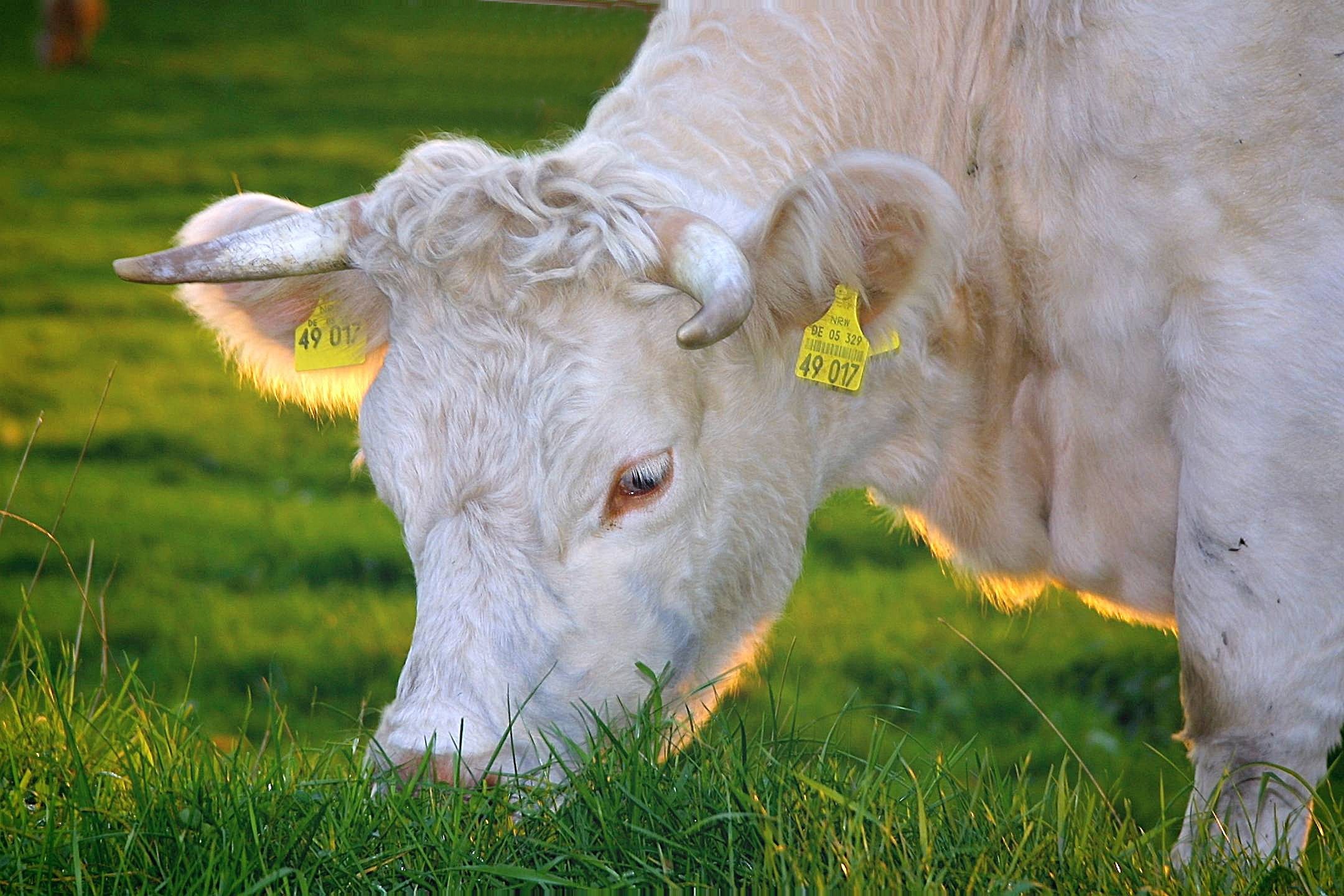
Setting Goals and Objectives
The first step to successful feed management is setting clear and measurable goals.
- Identifying Specific FCR Improvement Targets: Don’t aim for vague improvements. Research industry benchmarks for your specific animal type and production goals. Based on your current FCR, set a realistic but ambitious target for improvement. This could be a 0.1 or 0.2-point reduction within a specific timeframe.
- Creating a Timeline for Achieving These Goals: Setting a timeframe for achieving your FCR improvement target keeps you accountable and focused. Break down your overall goal into smaller milestones with achievable deadlines. This allows you to track progress and make adjustments as needed.
Training and Educating Staff
The success of any feed management strategy heavily relies on your team’s understanding and buy-in.
- Importance of Training Staff: Training your staff on new feed management practices and technologies is crucial. Ensure they understand the importance of cattle feed conversion ratio, strategies implemented, and their role in successful execution.
- Resources and Training Programs Available: Numerous resources and training programs are available to equip your staff with the necessary knowledge. Extension services, feed companies, and software providers often offer workshops or online training modules on feed management best practices and specific technologies like Folio3 Agtech.
Continuous Monitoring and Improvement
Effective feed management is an ongoing process, not a one-time fix.
- Importance of Regular Review and Adjustment: Regularly review your FCR data and assess your progress toward your goals. Look for areas where adjustments can be made to improve efficiency further. This could involve modifying feed rations, feeding schedules, or even feeder design based on your observations and data analysis.
- Utilizing Software for Ongoing Monitoring and Analysis: Software solutions like Folio3 Agtech are vital in continuous monitoring and improvement. Leverage the software’s data analytics capabilities to identify trends, pinpoint areas for optimization, and track your progress toward your FCR goals. This data-driven approach allows for proactive adjustments and ensures you’re constantly refining your feed management strategies for optimal results.
Conclusion
Optimizing Feed Conversion Ratio (FCR) through effective feed management is not just about reducing costs. It also helps to create sustainable profitability and environmental responsibility in livestock production.
Advanced technologies like Folio3 Agtech Feedlot Management Software help producers significantly improve FCR, which directly translates to higher profits and reduced resource wastage.
The key lies in balanced nutrition, efficient feeding practices, and continuous monitoring enabled by innovative tools. Investing in these strategies enhances operational efficiency and supports long-term viability, ensuring that producers can meet both economic and environmental challenges head-on.
So, make the most of the future of feed management to unlock the full potential of your livestock operations and secure lasting success.
FAQs
What is FCR and Why is It Important?
FCR measures how efficiently animals convert feed to meat, milk, or eggs. Lower FCR means less feed used, leading to higher profits.
What Factors Affect FCR?
Breed, feed quality, and animal health can all impact how efficiently animals convert feed.
How Can I Improve My Feed Conversion Ratio?
Provide a balanced diet, manage feeding practices, track intake, and use software for data-driven adjustments. These steps can significantly improve your FCR and profitability.

